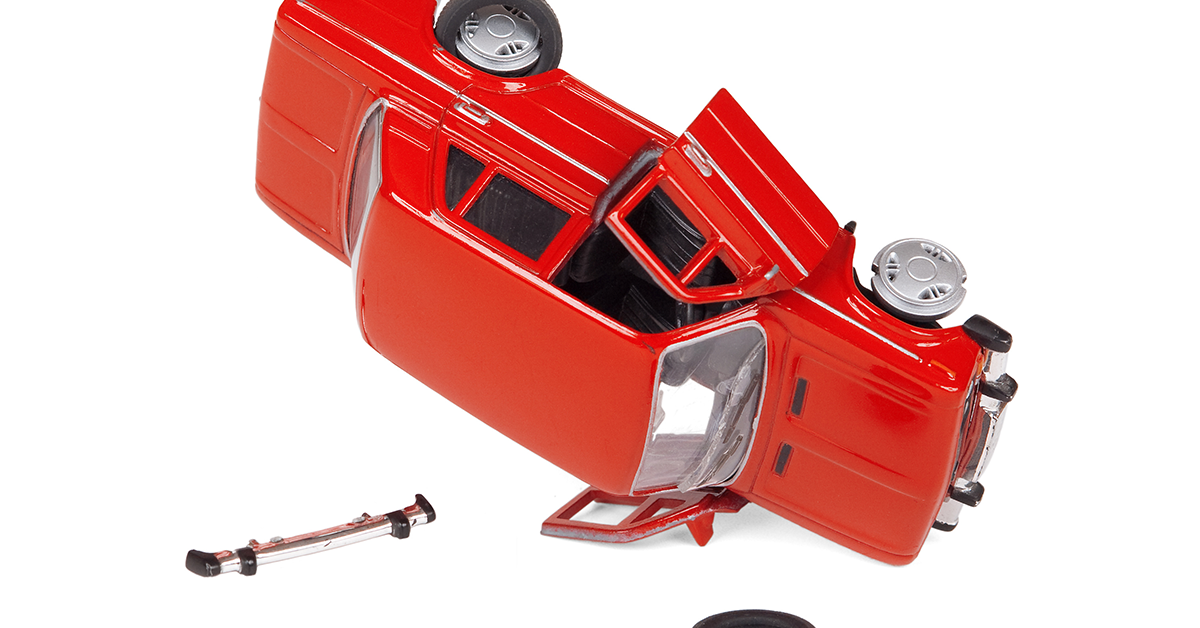A toy should delight a child—not harm them. However, even a seemingly innocuous child’s product can cause injury if it’s defective. In some cases, toy defects even result in the tragic deaths of young children
Watch The Video
Compensation may be available to their parents in these circumstances. If your child was hurt using a defective toy, you may file an insurance claim or personal injury lawsuit seeking compensation for everything from a child’s medical bills to the emotional pain you could struggle with after a child’s untimely passing.
Common Types of Toy Defects
A defect in a child’s toy can take many potential forms depending on the nature of the toy, its parts, and other such factors. The following are some of the more common forms of toy defects that may result in harm to children:
- Small parts becoming detached, as these can pose choking hazards
- Toxic materials
- Sharp edges
- Dangerous electrical components
- Flammable/inflammable materials
- Defects that can cause suffocation
It’s important to only allow a child to play with toys that are appropriate for children of their age and developmental level. You must also review all safety materials provided with child products to ensure you and your child are using them properly.
However, when a product is defective, it can cause harm, even when a child uses it appropriately. Keep in mind – manufacturers have a duty to anticipate the environment of end-use for their products, including reasonably foreseeable circumstances where a child might play with the toy in an “unintended” manner. The placement of an unrealistic caution, warning or instruction will not necessarily shield the product designer, manufacturer, or seller from liability. You may have grounds to take legal action in these circumstances.
What to Do When a Child’s Product Causes Injury
If you haven’t already done so, take the following steps immediately upon learning your child has been hurt using a potentially defective product:
- Seek medical care: It’s always critical to see a doctor in these circumstances. Even if your child’s injuries don’t appear to be severe, they may have sustained serious injuries (like a concussion) that can have delayed symptoms. Have a doctor evaluate them, and save copies of all medical bills and records. Be sure to follow a doctor’s recommended treatment plan.
- Save the original product: It’s vital to ensure your child doesn’t have access to a dangerous product that’s already harmed them once. That doesn’t necessarily mean you should dispose of the product. The product itself may serve as a critical form of evidence in future legal proceedings. Thus, you should save it in the condition it was in when it injured your child. At the very least, you should take pictures of the condition of the product. Also, save the packaging and purchase receipt, if available.
- Purchase an identical product: If possible, purchase an identical “exemplar” product, and keep it in its original packaging – this could be important for a future lawsuit.
- Identify witnesses: Determine if any witnesses saw your child be injured using a dangerous product. Get their contact information if you don’t already have it. Witnesses may testify to the fact that a child was using a product appropriately (and being supervised appropriately) when injury occurred.
Be wary of working directly with an insurer right now. The insurance company may attempt to convince you to settle for less than your case is worth. Strongly consider enlisting the help of professionals who know how to fight for the full amount of compensation available.
A defect in a child’s toy can take many potential forms depending on the nature of the toy, its parts, and other such factors.
Seeking Compensation When a Defective Child’s Toy Causes Injury
The liable party in a case involving a defective toy is likely to be one of the following:
- The designer, if a design flaw rendered a product unsafe
- The manufacturer, if a defect existed because of a manufacturing error
- The marketer, if a company failed to provide adequate information about potential safety risks when using a toy
You may file a claim with the insurance of the liable party to negotiate a settlement. If the insurance company refuses to play ball, you can file a lawsuit to pursue damages in court. Act fast, as the statute of limitations in your state may require filing a lawsuit by a certain deadline.
In many types of injury cases, it’s necessary for a victim or their representatives to prove negligence. This means they need to prove a victim was harmed because another party was unreasonably careless.
Defective toy cases are different. In Massachusetts and many other states, a breach of warranty rule applies to many product liability cases. This rule indicates that proving negligence isn’t necessary to recover compensation when a dangerous product causes injury.
This can simplify the process of recovering compensation to some degree. However, proving product defect is typically complex, requiring evidence and expert testing, evaluation and testimony. That said, it’s important to understand that securing the full amount of compensation you and your child may deserve is challenging process involving many tasks.
You don’t have to handle these tasks yourself. At Swartz & Swartz, PC, Boston personal injury attorneys are available to handle your child’s defective toy product liability case. Learn more about the benefits of working with us by contacting us online or calling our offices today at (617) 742-1900 for your free consultation.
Need Help?
If you or someone you know, needs help from a lawyer, contact the law offices of Swartz & Swartz, use our live chat, or send us a message using the form below and we’ll get in touch to assess your case and how we can help.
Keep Reading
Want more? Here are some other blog posts you might be interested in.




